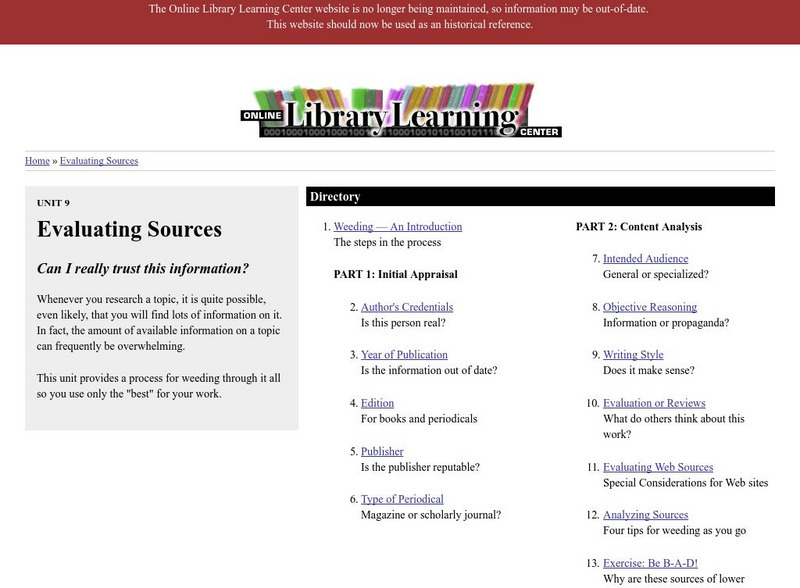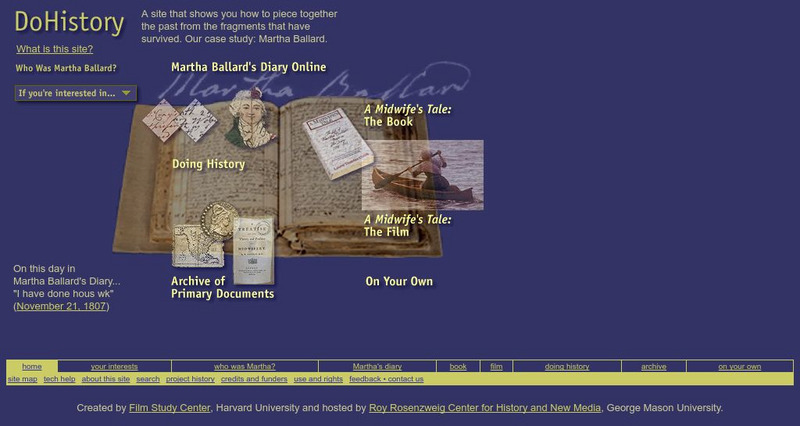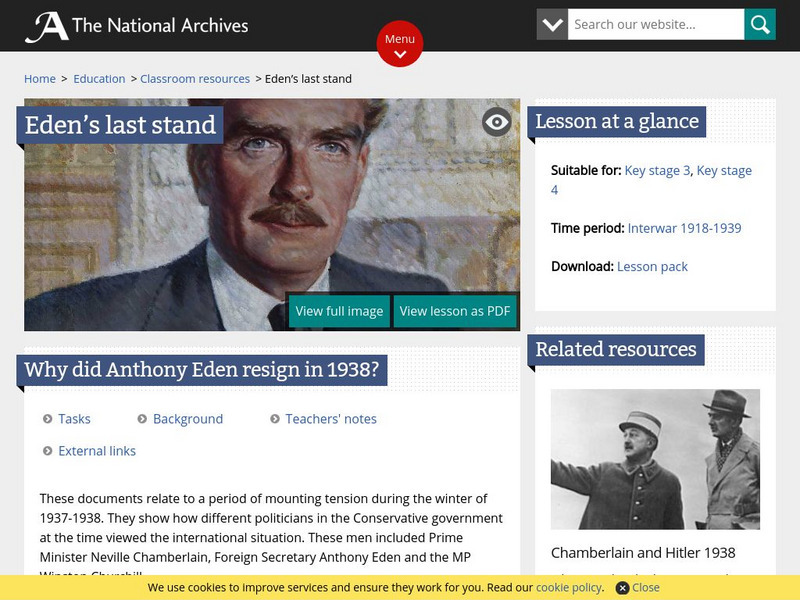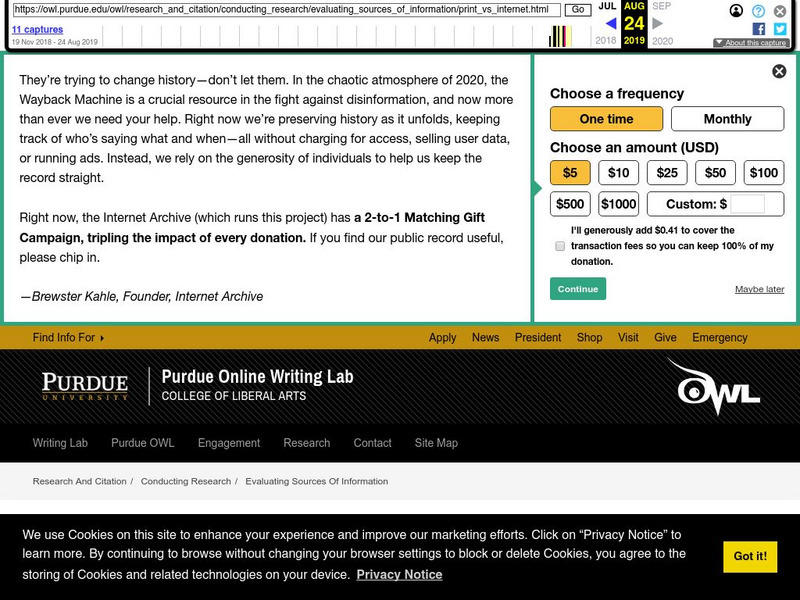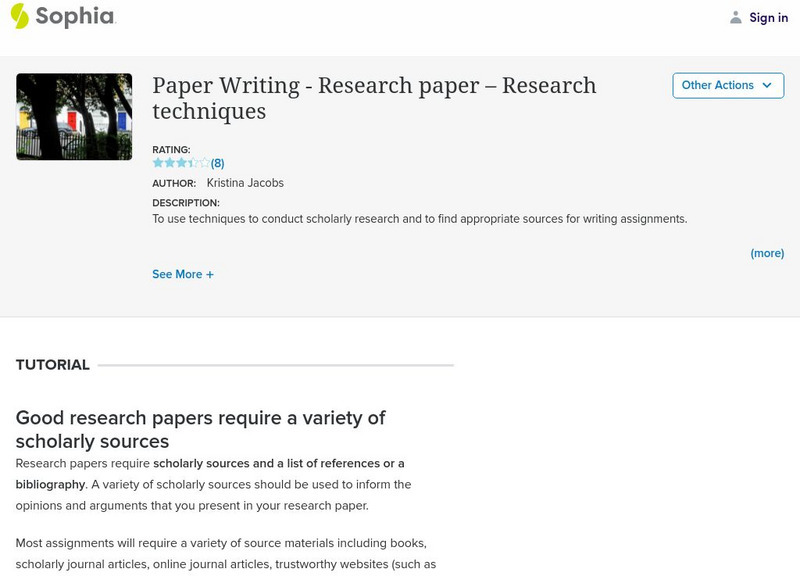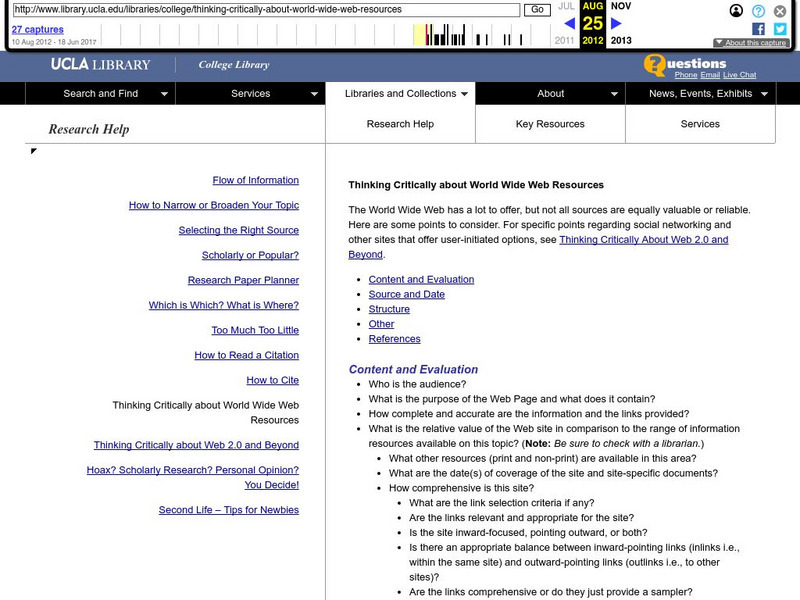Grammarly
Grammarly Handbook: Evidence and Proof
This page focuses on evidence and proof to support your main ideas in papers. The evidence must come from primary sources like lab results or secondary sources like quotes from experts that support your thesis.
Grammarly
Grammarly Handbook: Where to Find Information
This page focuses on where to find information needed for writing papers: the library or the internet. It offers tips for using search engines and key words.
Grammarly
Grammarly Handbook: Good or Bad Resource?
This page focuses on how to evaluate resources; it establishes criteria for determining good and bad resources. Primary resources are always good, but secondary and tertiary ones need to be evaluated more closely.
Grammarly
Grammarly Handbook: Asa (American Sociological Association)
This page explains the basics of the ASA citation style including in-text citations and the basics of bibliographic citations with examples. A link is provided to the ASA website for more information.
ReadWriteThink
Read Write Think: Inquiry on the Internet: Evaluating Web Pgs for Class Collection
A four-session lesson plan that leads to a class collection of resources is a solid introduction to both searching skills and evaluation. Could be used with any number of subject areas.
Other
Online Library Learning Center: Evaluating Sources
Use this "Weed and feed," approach to get only the best resources for your research project.
Other
Do History: Using Primary Sources
This site explains the difference between a primary and secondary source. It also provides students with questions to ask when gathering evidence about a primary source document.
Library and Archives Canada
Nlc: Defining Primary and Secondary Sources
Libraries and archives hold documents and books that can be used for your research projects. Learn how to divide and identify them into primary and secondary sources in this tutorial.
Online Writing Lab at Purdue University
Purdue University Owl: Quoting, Paraphrasing, and Summarizing
Provides guidance on the ways to quote, paraphrase, and summarize information. Gives various reasons for paraphrasing, summarizing, and quoting various sources.
ReadWriteThink
Read Write Think: Exploring Plagiarism, Copyright, and Paraphrasing
Contains plans for three lessons that deal with plagiarism, copyright law, and how to paraphrase correctly. In addition to objectives and standards, this instructional plan contains links to PDF handouts and sites used in the lessons as...
National Archives (UK)
National Archives Learning Curve: How to Read a Document
This site is a lesson on Document Analysis using a letter written by Anthony Eden to PM Chamberlain in late 1937.
TES Global
Tes: Determining of Credibility of Online Sources
[Free Registration/Login Required] This free resource is a sheet that will help students assess the credibility of an online primary source or an online secondary source.
E Reading Worksheets
E Reading Worksheets: Fact and Opinion: Reading Test 3
A 25-question quiz where students must identify statements as fact or opinion. Results can be printed, saved, or emailed.
Sophia Learning
Sophia: How to Choose Credible Sources
This tutorial focuses on choosing credible sources for a research project. It offers two versions of a slideshow: a non-audio slideshow and an audio slideshow which explains the information as it is shown. They each define terms, offer...
Other
Society of Professional Journalists: Freedom of Info.
This resource is a great tool for journalists and non-journalists to obtain information from federal and local government sources. Access to this information can make or break a news story.
Sophia Learning
Sophia: In Text Citations: Lesson 6
This lesson introduces in-text citations and how to embed them in text. It is 6 of 7 in the series titled "In-Text Citations." W.9-10.8 Sources
Cambridge Rindge & Latin School
Cambridge Rindge & Latin School: Making Source Cards
A great resource for putting together all of a student's possible sources onto note cards for later using in citing.
Cornell University
Cornell University: Library: Critically Analyzing Information Sources
A quick guide to help you determine the relevance and authority of a resource.
George Mason University
Gmu: Virginia Montecino: Criteria to Evaluate the Credibility of Www Resources
An easy-to-follow guide to assist in determining whether online resources are reliable and true. Find questions to ask while reviewing sources. CCSS.ELA-Literacy.CCRA.W.8 and CCSS.ELA-Literacy.CCRA.R.9
Online Writing Lab at Purdue University
Purdue University Owl: Evaluating Print vs. Internet Sources
Learn to look at different text features to determine whether a print or electronic source might be more effective. SL.9-10.2 eval & integrate sources
Online Writing Lab at Purdue University
Purdue University Owl: Types of Sources
A list and explanation of different types of print and online sources. W.11-12.8 Sources/Integrate/Cite
Sophia Learning
Sophia: Paper Writing: Research Paper: Research Techniques
This site presents writers with information about appropriate resources to use when writing research papers and useful tips on how to find these resources. Students can read through a vocabulary section to learn the definitions of common...
University of Toronto (Canada)
University of Toronto: Standard Documentation Formats
Documenting Internet resources is becoming standardized. You'll find some of the basics here, plus links to more detailed guidelines now included in respected academic style guides. L.9-10.3a Standard Format, W.11-12.6 Technology,...
University of California
Ucla College Library: Thinking Critically About World Wide Web Resources
This site teaches readers how to evaluate the content and quality of web resources, offering questions and checklists to consider.




